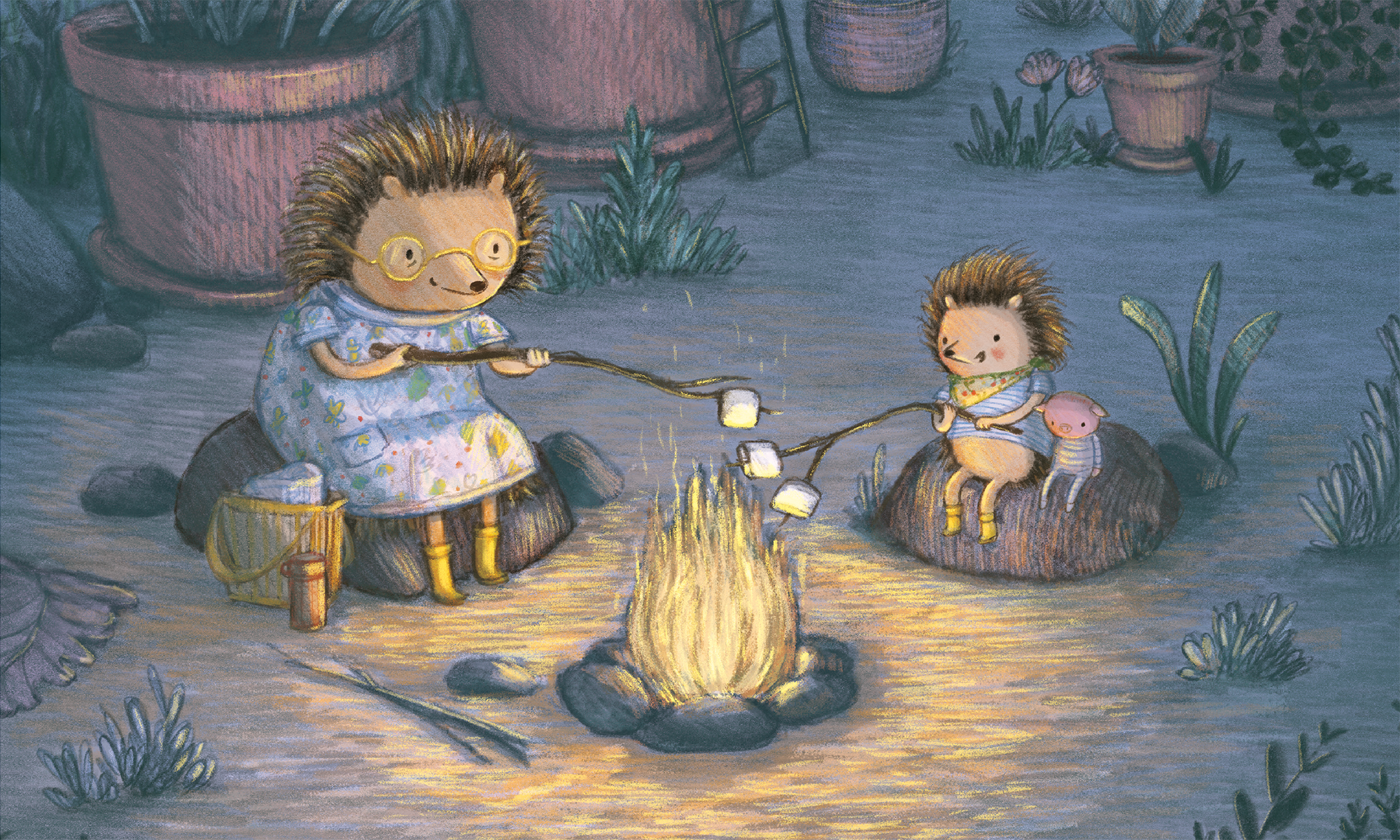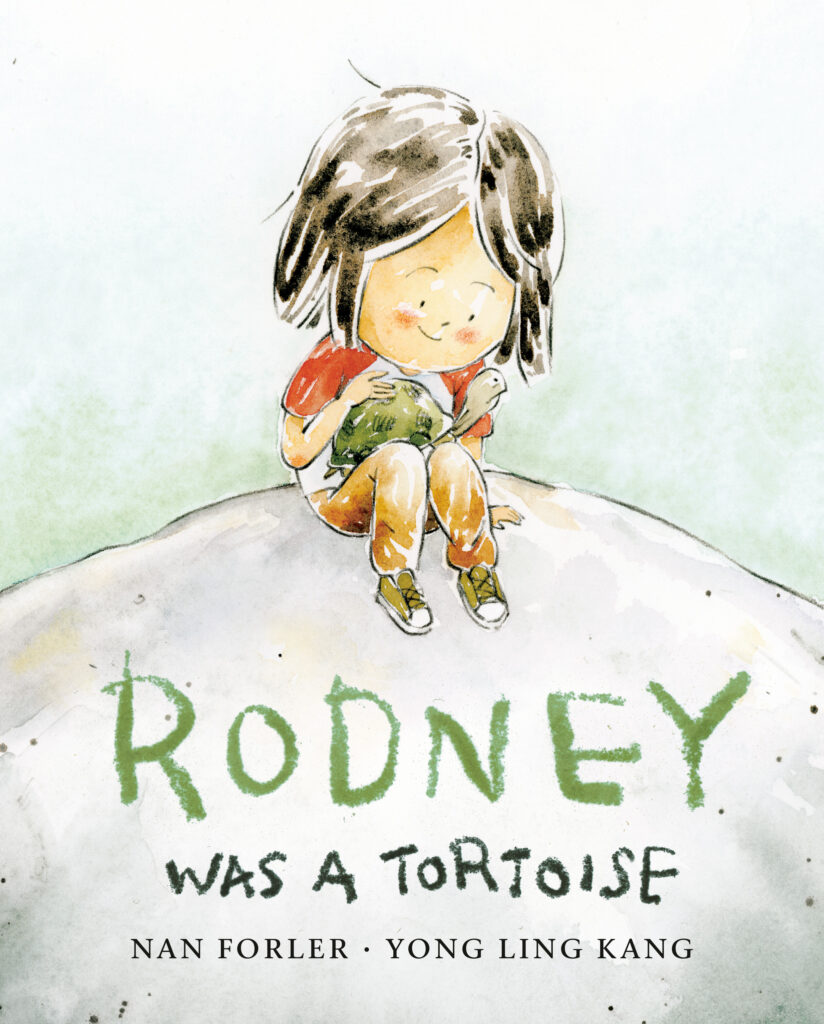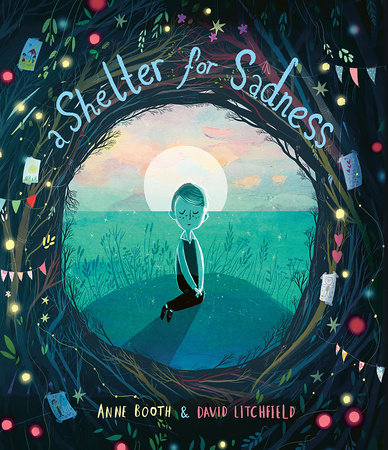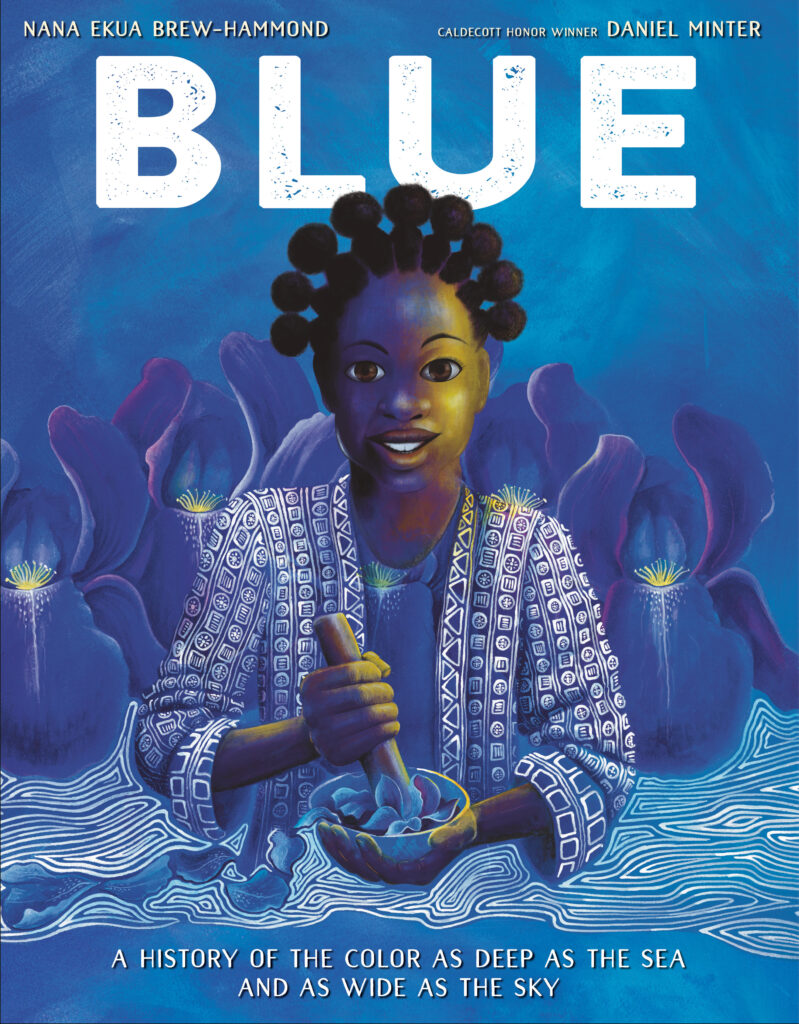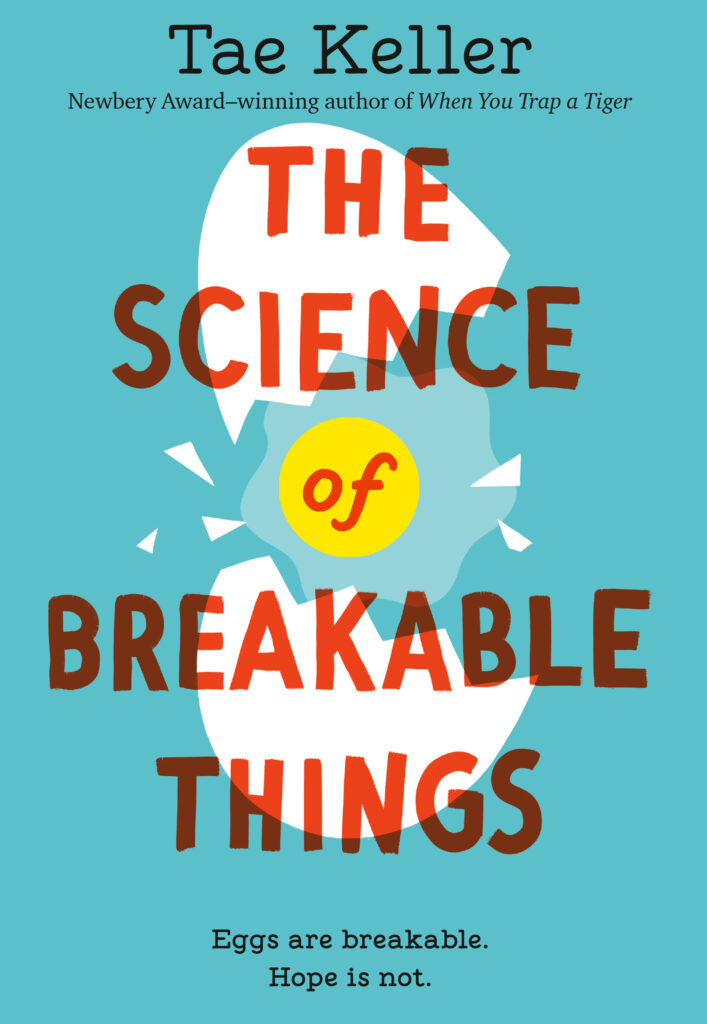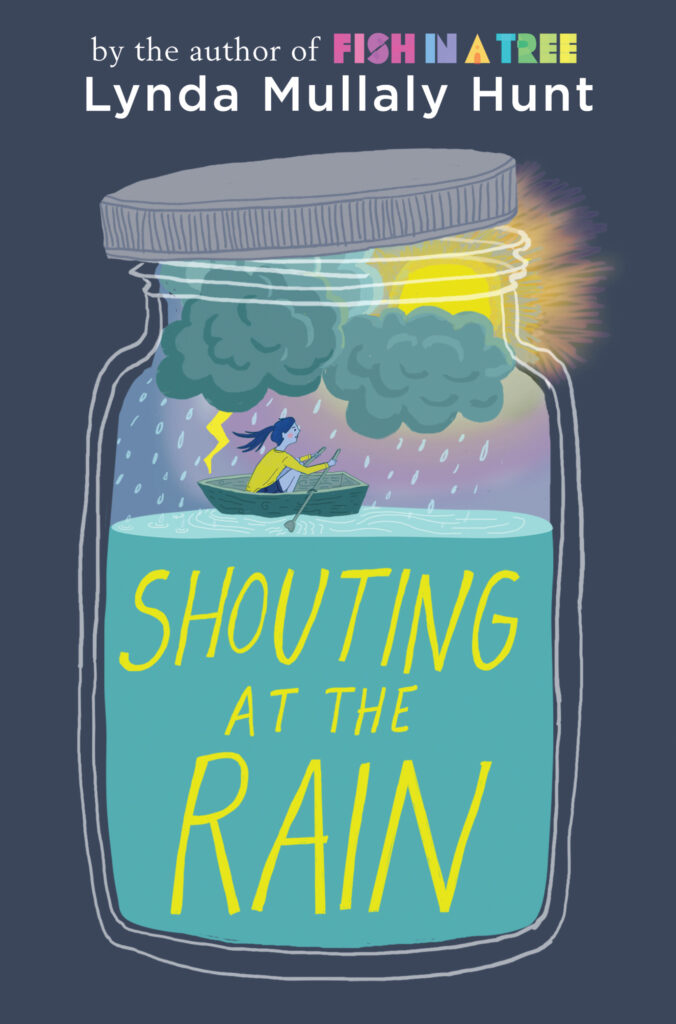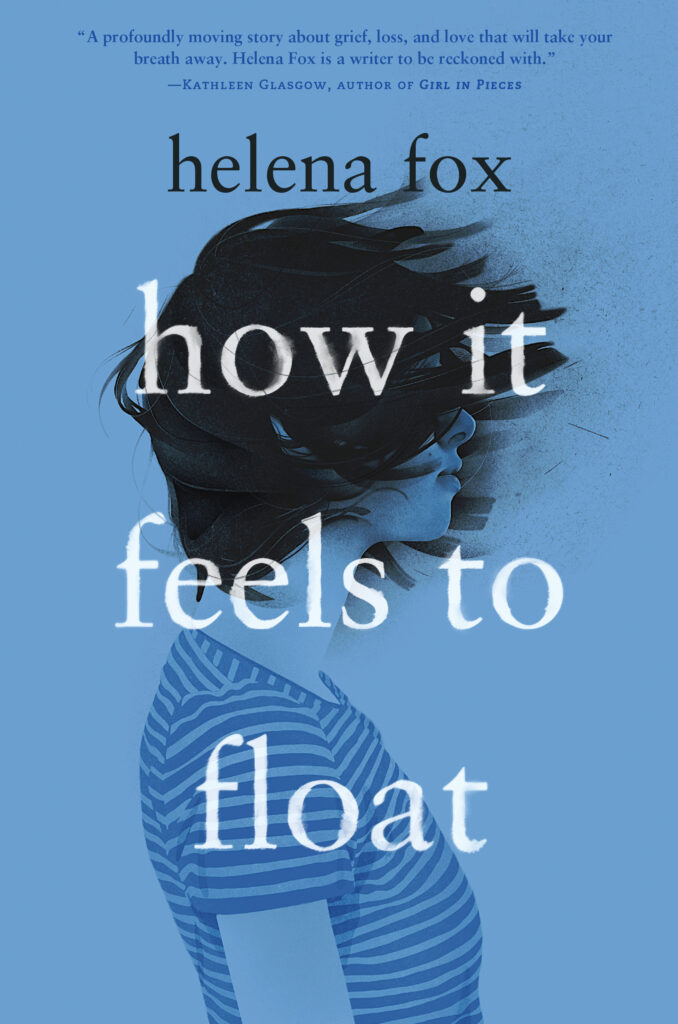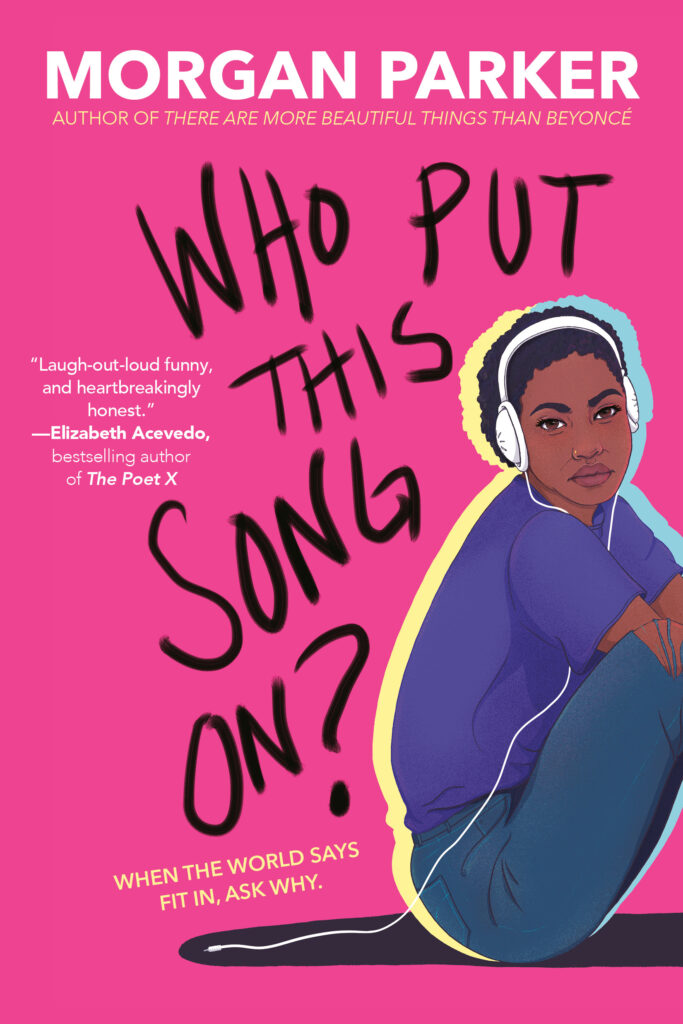Hello, and thanks for joining us at Tundra Telegram, the column where we wade into the fraught subjects and hot-button topics of the day, and weed out books that they don’t want you to know about!
Banned Books Week starts this Sunday, October 1. For the uninitiated, Banned Books Week was launched in 1982 in response to a sudden surge in the number of challenges to books in libraries, bookstores, and schools. The annual event highlights the value of free and open access to information and brings together the entire book community. And – some bad news for those of you who haven’t been following the news – book bans unfortunately are on the rise.
Accordingly, we have selected some of the most banned books for young readers that we publish. These are titles most often forbidden from school (and sometimes public) libraries. Many of these books appear on conservative activist Moms for Liberty‘s challenged book list, used in school boards and communities across North America to remove titles from shelves. We’ve listed some highlights below, and included (some highly editorialized) reasons often cited for their removal. And if you’d like to find out some of the things Penguin Random House is doing in response to the book bans, you can find out more here. So, do something subversive this week and read a book for the sake of freedom!
PICTURE BOOKS



One of the most challenged picture books is Antiracist Baby by Ibram X. Kendi and Ashley Lukashevsky, a book that introduces the youngest readers and the grown-ups in their lives to the concept and power of antiracism. Providing the language necessary to begin critical conversations at the earliest age, the book aims in several easy steps to build a more equitable world. One must presume the book is so often challenged as certain people would prefer their babies to be racist (?).
Bafflingly, the popular (and New York Times bestselling) picture book All Are Welcome by Alexandra Penfold and Suzanne Kaufman is also often challenged by school boards. The book follows a group of diverse children through a day in their school, where everyone is welcomed with open arms. It’s a school where students from all backgrounds learn from and celebrate each other’s traditions. So, you can see why it’s so dangerous in a society where all are (in fact) not welcome.
Likewise, The 1619 Project: Born on the Water by Nikole Hannah-Jones and Renée Watson, illustrated Nikkolas Smith, has been banned in communities across the United States (mainly), as it chronicles the history of slavery and Black resistance in America. And that makes some people feel bad about themselves. (Immediate ban!)
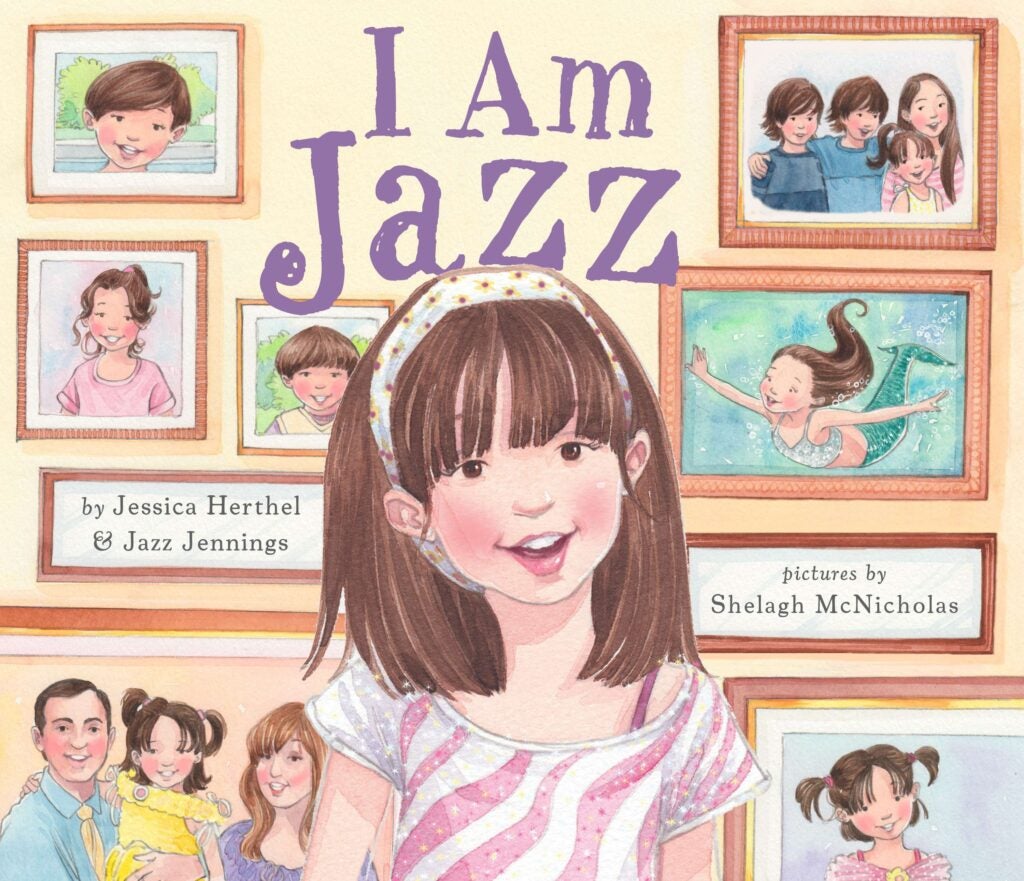


LGBTQ+ titles are among the most challenged and banned books in the current landscape, so you had better bet I Am Jazz by Jessica Herthel and Jazz Jennings, and illustrated by Shelagh McNicholas gets banned all the time. The book is the real-life story of co-author Jazz Jennings, a transgender child who has become a spokesperson for trans kids everywhere.
As you can imagine, rainbows also find themselves under attack, so My Rainbow, by authors DeShanna and Trinity Neal, and illustrated by Art Twink, is usually in the book banners’ crosshairs. The book tells the story of transgender girl Trinity, who decides she needs long hair, so her dedicated mom creates her the perfect rainbow-colored wig. (Maybe the anti-wig lobby is behind this ban, as well.)
Closer to home, Canadian Elise Gravel has been subjected to bans and removals with her book Pink, Blue, and You!: Questions for Kids about Gender and Stereotypes, a collaboration with educator Mykaell Blais. Perhaps that’s because the book opens the door to conversations about gender stereotypes and everyone’s right to be their true selves, though some claim instead this is a book about “lies and false genders.”


The picture book biography of Gyo Fujikawa, It Began with a Page by Kyo Maclear and Julie Morstad, also found itself in a few school book bans (among a bunch of books included in a package that features stories of equity and healthy racial identity). The book spotlights the life of the groundbreaking illustrator, including her and her family’s internment during World War II, but some parent groups found the retelling of actual American history “divisive,” “racist,” and “socialist.”
How did an Eric Carle book end up on a most-banned book list? Well, his Draw Me a Star, a celebration of imagination that follows a young artist through life, beginning and ending with his drawing of a star, has been banned and challenged because it depicts a naked man and woman – even though his nude renditions of caterpillars have gone largely unchallenged.
CHAPTER BOOKS & MIDDLE GRADE
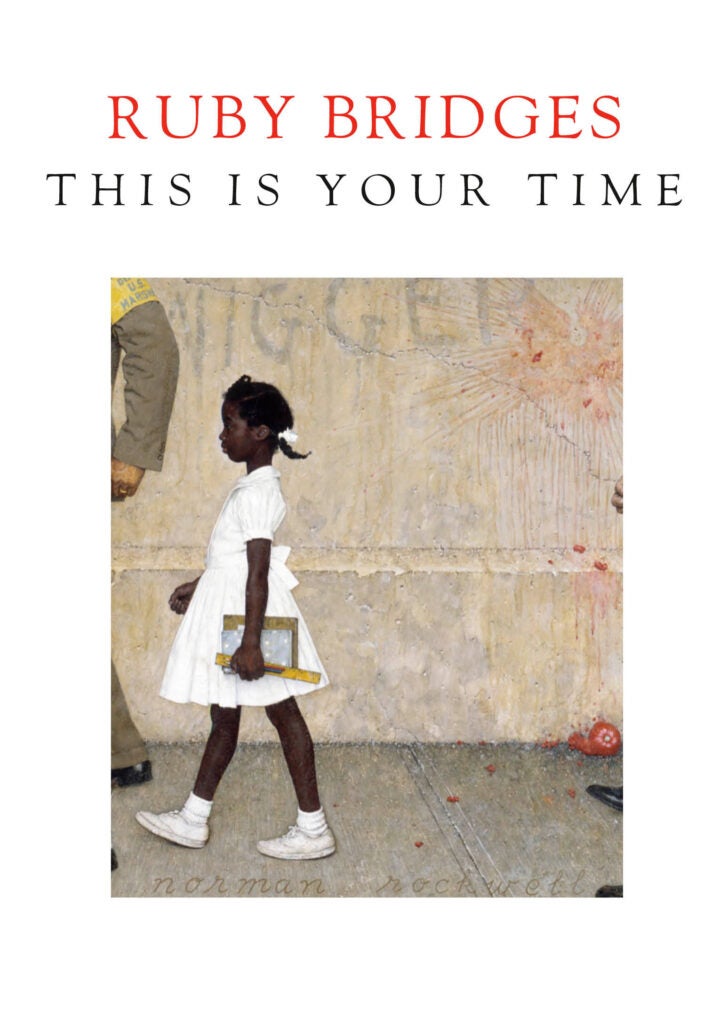


There’s no better reward for being the first Black child to desegregate your all-white elementary school in Louisiana than having the book about your experience banned from schools around the country. That’s what happened to Ruby Bridges and her book for kids, This Is Your Time, a book she wrote to inspire readers to continue the struggle for liberty and justice. (Obviously, certain folks dislike that kind of thing.)
Speaking of books that depict America’s historic racism, Jacqueline Woodson‘s award-winning memoir in verse Brown Girl Dreaming also takes place during the Civil Rights era of the 1960s and 1970s in both South Carolina and New York. Accordingly, it has become one of the many books by Black authors banned in school systems that restrict the discussion of systemic racism.
And teachers, parents, and young readers in Ontario’s Durham county probably remember when David A. Robertson‘s novel The Great Bear, the second book in The Misewa Saga, was pulled from school board shelves. Despite being beloved by thousands of kids, this Narnia-inspired Indigenous fantasy series was allegedly removed from that district’s school libraries for contains too much “culture and ceremony.”



With a word like “sex” in the title, you just know some square is going to take issue. That’s how Cory Silverberg and Fiona Smyth‘s highly acclaimed book of sex education, Sex Is a Funny Word, found itself the subject of many book challenges and bans. The book has been praised as a valuable resource about bodies, gender, and sexuality for children ages 8 to 10 as well as their parents and caregivers, but it’s been banned because, to quote another Cory Silverberg and Fiona Smyth book … you know, sex.
The transgender ghost story Too Bright To See by Kyle Lukoff has also been banned in several school districts. In the book, best friends Moira and Bug spend the summer before middle school investigating a haunting in Bug’s eerie old house while Bug begins to realize they may be transgender. You will not be surprised to discover the ghosts are not the part of the story that fill certain adults with fear. “It will almost certainly be banned in many places,” The New York Times prophetically announced, “but your child almost certainly needs to read it.”
Include in the massive list of books by LGBTQ+ authors that are regularly banned Trung Le Nguyen‘s massively acclaimed The Magic Fish, a queer coming of age comic that weaves an immigrant narrative through a fairy tale fabric. The ban seems to be entirely based on the fact that a gay main character exists, as the book doesn’t even feature a single kiss. As the author has noted himself, “It’s very strange and a little bit sad.”
YOUNG ADULT


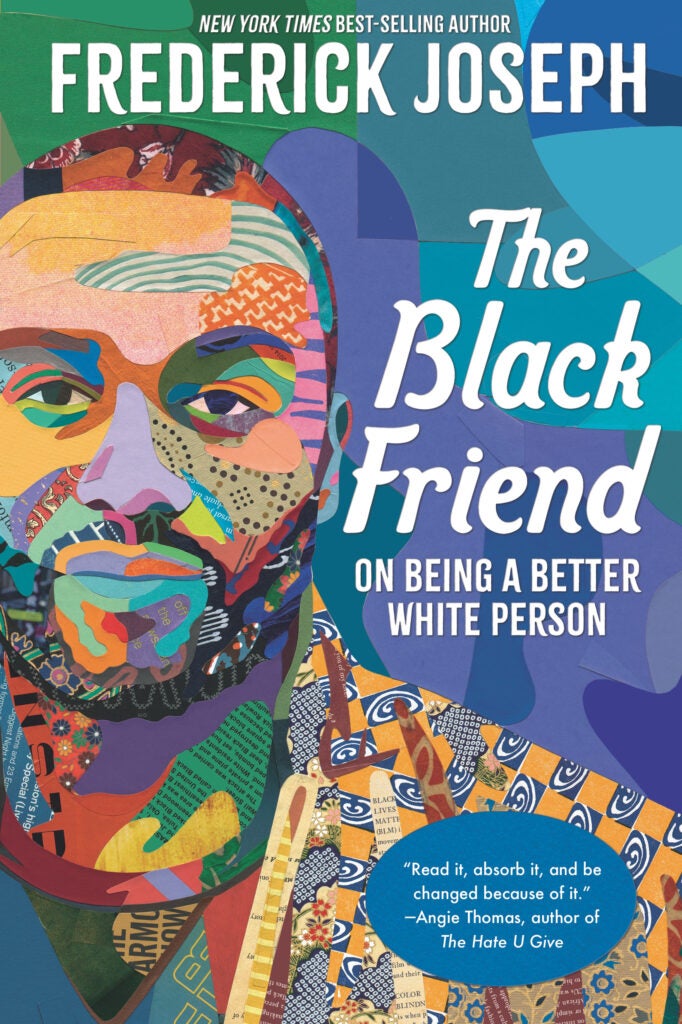
What are the most banned YA books? Surprise, surprise: they’re usually written by authors who are not white. Case in point: This Is My America by Kim Johnson, a debut novel that looks at the history of racism in the American justice system through a girl with a father and brother who both have devastating encounters with the police. It’s a story ripped from the headlines, but book banners have decided there’s only one America. And this book is not it.
Johnson’s book is a bit newer, but Dear Martin, the 2017 novel from Nic Stone, has been around long enough to face a few years of bans and challenges. The book tells the story of Justyce, a good kid put in handcuffs without cause, who looks to the teachings of Dr. Martin Luther King Jr. to see if they have any place in modern America. Opponents of the book cite what they see as “anti-police sentiment.”
Author Frederick Joseph was heartbroken to learn his book The Black Friend: On Being a Better White Person was banned in Texas middle schools. The book is a conversation starter about things like cultural appropriation, power dynamics, white privilege, and “reverse racism” – ironic, as it was argued the book promoted racism against white people. (Or perhaps white people just thought the title was false; it wasn’t possible to be any better.)
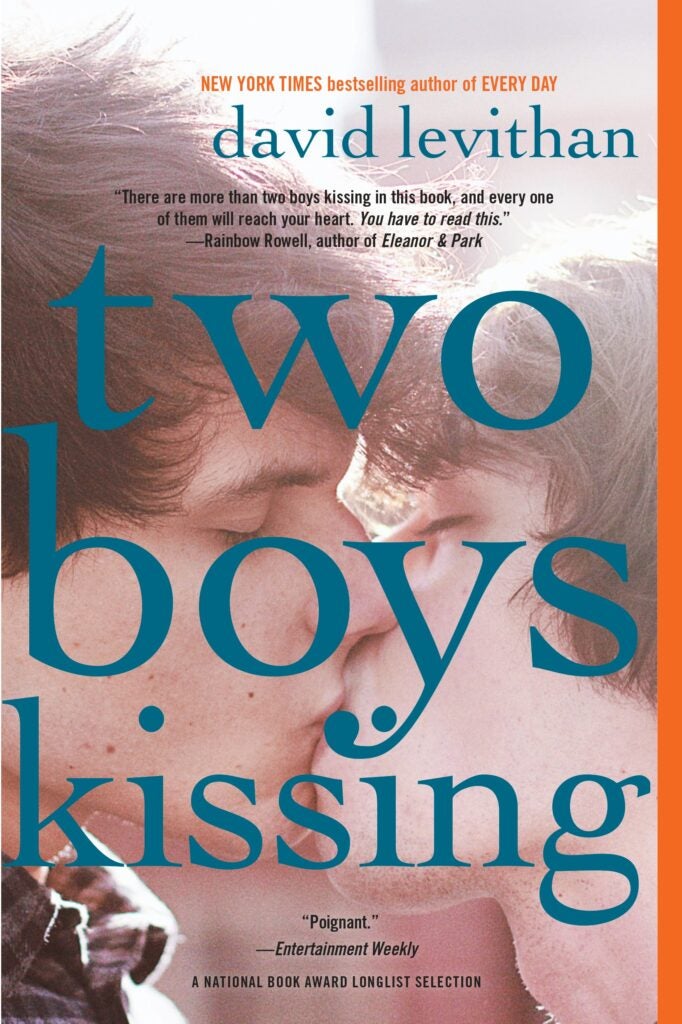


People love to ban queer YA, as well. A book named Two Boys Kissing, like David Levithan‘s, makes for an easy target. Even if it weren’t for the content – narration from a Greek Chorus of a generation of gay men lost to AIDS, two seventeen-year-olds attempting to set a new Guinness World Record with a kissing marathon – the cover features, well, two boys kissing, which was enough to not only drive some libraries to ban it, but religious activists to burn it live on Facebook (!).
This banning impulse also hit Malinda Lo‘s Last Night at the Telegraph Club, which has been challenged and outright banned in schools in a number of states. A lesbian love story between a Chinese American and white American set in 1950s San Francisco, it won the National Book Award in 2021. During the acceptance speech, Lo talked about the “pressure to remove books about people of color, LGBTQ people, and especially transgender people from classrooms and libraries. I urge every one of you watching to educate yourselves . . . we need your support to keep our stories on the shelves. Don’t let them erase us.”
Canadian E.K. Johnston has also felt the sting of book challenges with her Exit, Pursued by a Bear, a powerful story about the aftermath of a cheerleader’s sexual assault. The novel has been challenged both on the basis of the assault itself, and its frank discussion of abortion.



There are few YA authors (or affordable drug activists) bigger than John Green. Yet his Looking for Alaska has been challenged and banned over the years for being “pornographic” and “vulgar,” which would explain why Hulu turned it into one of its original series.
Likewise, Breathless, the 2020 novel from Jennifer Niven (All the Bright Places) is regularly removed from library circulation across much of Utah because this YA romance features a teenager about to enter college, who – unlike the teenagers of Utah – thinks about sex a lot!
It’s objectively funny that S.E. Hinton‘s The Outsiders, published in 1967, when the author was teenager herself – one of the most taught novels in schools across North America – has been challenged as recently as 2017 for featuring underage drinking and smoking, crass language, violence, and family dysfunction. (Don’t threaten us with a good time!) But we all know the real reason: the Socs out there were upset with how they were depicted.
Happy banned reading, friends!
